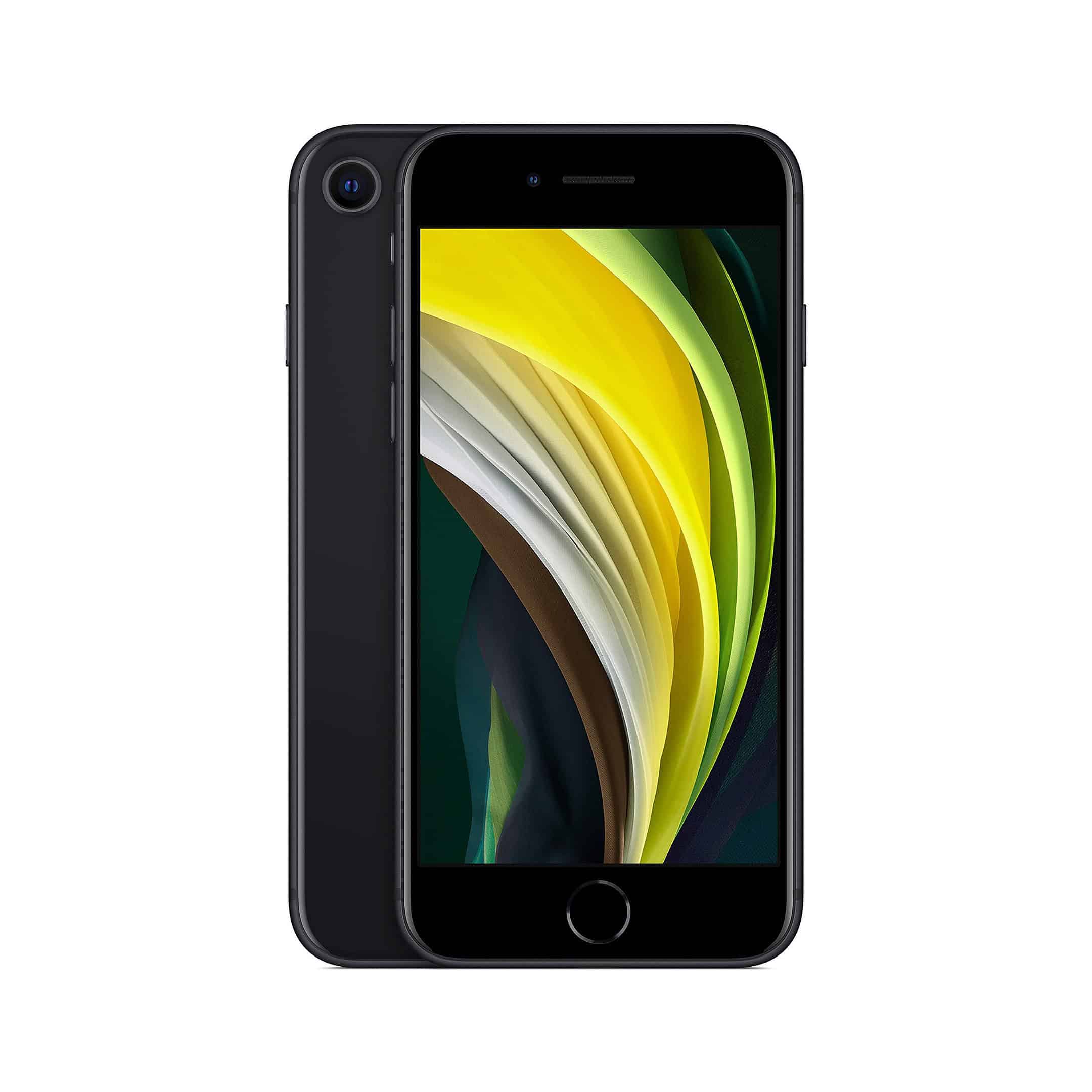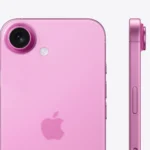When Apple launched the first iPhone SE, it offered users a powerful device in a compact size. It had a cherished design like the iPhone 5s but with updated internal components, such as the A9 chip, making it appealing for those who liked smaller phones but wanted modern performance. The iPhone SE created its own space by combining one-handed usability with the ability to handle modern apps and services. Apple’s iPhone SE series has attracted budget-conscious consumers looking for high-performance in a compact and affordable package. The release of the 2nd Gen SE brought significant improvements over its predecessor, leading to debates about which model is better.
The introduction of the 2nd generation iPhone SE was an important upgrade in Apple’s budget-friendly iPhone lineup. While keeping the essential elements of the original design, the new version brought major improvements. It included the A13 Bionic chip, the same as the higher-end iPhone 11 series, which meant an increase in speed and efficiency. Additionally, the 2nd generation introduced an improved camera system and added features like wireless charging, solidifying its position as a more powerful yet still accessible iPhone.
In this article, we compare the iPhone SE 1st Gen and 2nd Gen in detail, looking at their design, performance, camera capabilities, battery life, storage options, and overall value. Whether you’re a big fan of smaller phones or prioritize cutting-edge features, this comprehensive analysis will help you choose which iPhone SE suits your needs.

iPhone SE: The Generational Shift
The iPhone SE line has been Apple’s answer to those seeking power in a smaller, more affordable package. Two generations in, the differences are notable, impacting everything from design to performance.
Design and Display
The 1st Gen SE borrows its look from the iPhone 5S, with a compact 4-inch display and Touch ID home button. The 2nd Gen SE, however, adopts the iPhone 8’s aesthetic, boasting a larger 4.7-inch screen while retaining Touch ID. The screen-to-body ratio is notably improved in the 2nd Gen.
Performance and Camera
Under the hood, the 2nd Gen SE leaps ahead. It houses the A13 Bionic chip, the same one found in the iPhone 11 series, making it significantly faster than the 1st Gen’s A9 chip. This translates to smoother multitasking, faster app launches, and improved gaming performance. The camera, while still 12MP in both models, sees enhancements in the 2nd Gen with Smart HDR and improved low-light capabilities.
Battery and Storage
The 2nd Gen SE offers slightly better battery life thanks to the more efficient A13 chip, though heavy users may still find themselves needing a charge by day’s end. Storage options are similar, with both offering 64GB and 128GB variants, but the 2nd Gen introduces a 256GB option for those needing extra space.
Key Differences at a Glance
| Feature | iPhone SE (1st Gen) | iPhone SE (2nd Gen) |
|---|---|---|
| Display | 4-inch Retina | 4.7-inch Retina HD |
| Chip | A9 | A13 Bionic |
| Camera | 12MP | 12MP (with Smart HDR) |
| Storage | 16GB, 64GB, 128GB | 64GB, 128GB, 256GB |
| Biometrics | Touch ID | Touch ID |
| Water Resistance | None | IP67 |
Which One to Choose?
The choice boils down to your needs and budget. If you prefer a smaller phone and are on a tight budget, the 1st Gen SE can be a good value pick, especially for those mainly using basic apps and functions. However, if you prioritize performance, camera capabilities, and a larger screen, the 2nd Gen SE is worth the extra investment. It’s a powerful phone in a compact size, offering a more modern iPhone experience.
Key Takeaways
- The iPhone SE (1st generation) merges a classic design with capable internals.
- The iPhone SE (2nd generation) enhances performance with the A13 chip and adds new features.
- Both generations of iPhone SE offer a balance between compact design and Apple’s technological advancements.
Design and Display
In the comparison of the first and second generation iPhone SE, attention to the design and display reveals distinctions important to a buyer’s choice. Both models reflect Apple’s dedication to a small, powerful phone but with notable evolutions in their presentation.
Body and Build
The first generation iPhone SE sports a compact body with dimensions of 123.8 x 58.6 x 7.6mm and a light weight of 113g. It continues the classic iPhone 5s design, complete with the well-known aluminum backing. The second generation, on the other hand, follows the iPhone 8’s design cues, slightly larger at 138.4 x 67.3 x 7.3mm and weighing 148g. Both house the Touch ID fingerprint sensor embedded in the Home button, a beloved feature for users appreciative of physical security measures.
Screen Technology
When it comes to screen technology, the iPhone SE models utilize the tried and true LCD displays known for their reliability. The first generation boasts a 4-inch screen with a 1136 x 640-pixel resolution, delivering a clear image at 326ppi. The second generation SE ups the ante with a slightly larger 4.7-inch Retina HD display, keeping the same pixel density at 326ppi but with a higher resolution of 1334 x 750 pixels. This advancement offers better viewing space and more details, enhancing the user experience.
Performance and Capabilities
When comparing the iPhone SE 1st generation with the 2nd generation, several advancements in performance and capabilities are noted, particularly in processing power, camera technology, and charging efficiency.
Processing Power
The iPhone SE 1st generation boasts an A9 chip which was a formidable processor during its time. Moving onto the 2nd generation, Apple upgraded the device with the A13 Bionic chip. This chip provides faster performance. It allows applications and tasks to run more smoothly when compared to the earlier version.
Camera System
The camera sees a significant enhancement with the 2nd generation SE. The rear camera can now capture high-quality 4K video. It has a 12MP lens and provides features like portrait mode, which were not present in the 1st generation model. The front-facing camera also got an upgrade, supporting HD video for clearer FaceTime calls and selfies.
Battery and Charging
Battery life in the 2nd generation iPhone SE sees improvement, lasting longer than its predecessor. It also introduces wireless charging, which adds convenience and aligns with more modern charging trends. However, there are no 5G capabilities in either of these models, as they were released before the technology became standard on iPhone.
Storage and Memory
The 1st generation iPhone SE came with options of 16GB and 64GB storage, while the 2nd generation offers 64GB and 128GB options. This extra space allows users to store more apps, photos, and videos without worry. Both generations have efficient memory management, although the 2nd generation’s newer chip offers faster processing speeds, making multitasking more fluid.
Connectivity Features
Both generations support essential connectivity features like Wi-Fi, Bluetooth, and NFC for Apple Pay. However, the 2nd generation iPhone SE operates more swiftly with these tasks, thanks to its improved chip and updated specs.
In all, the 2nd generation model shows marked improvements in speed and function, making it a strong contender for those looking to upgrade from the original iPhone SE.







